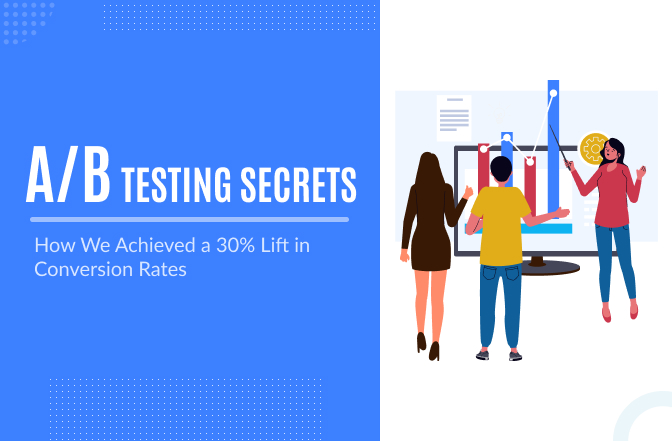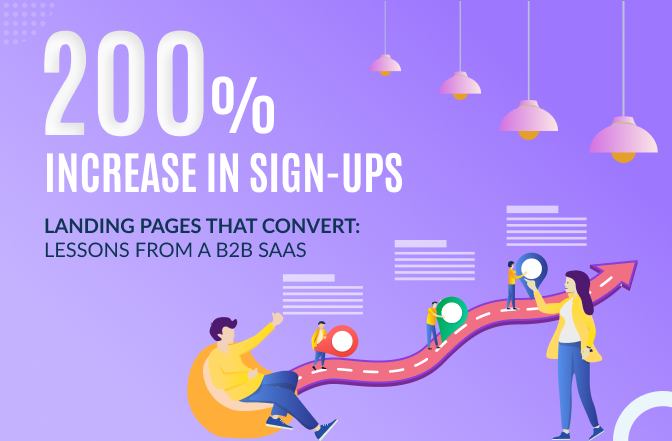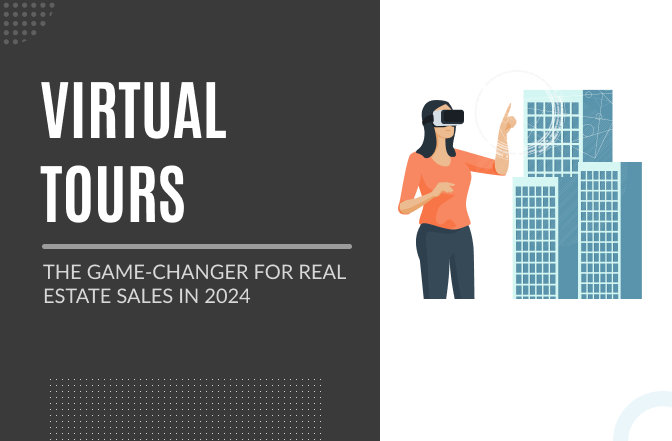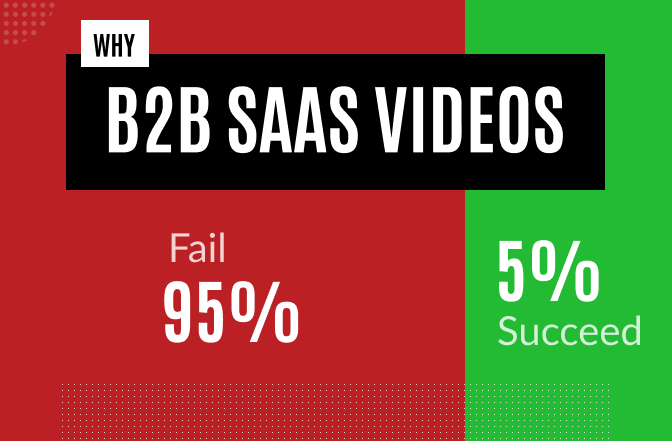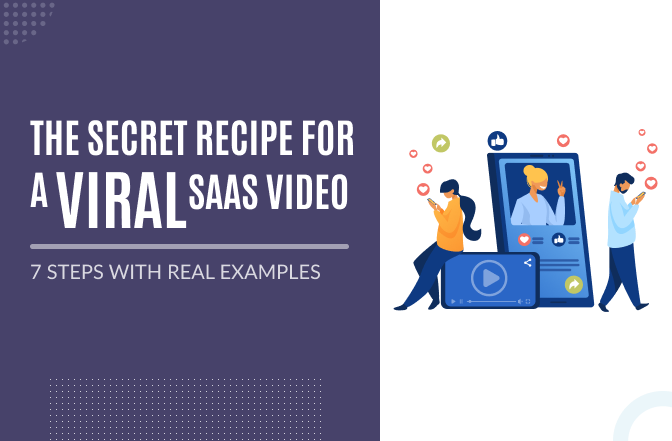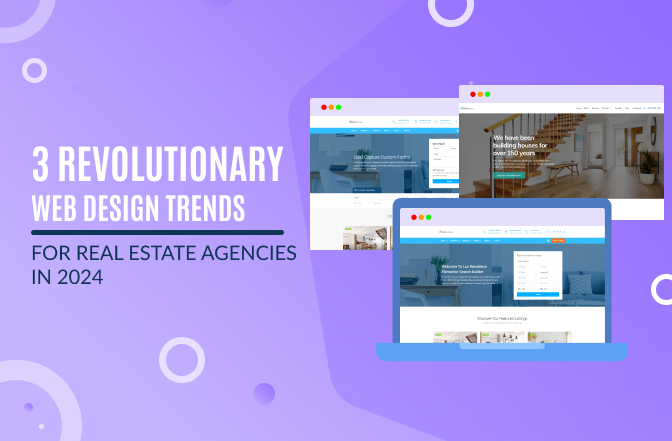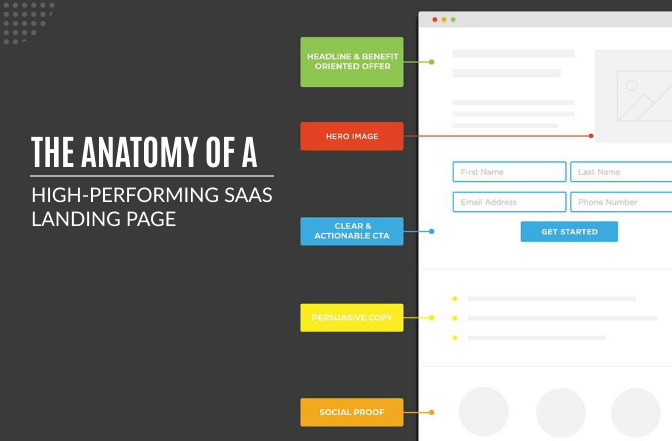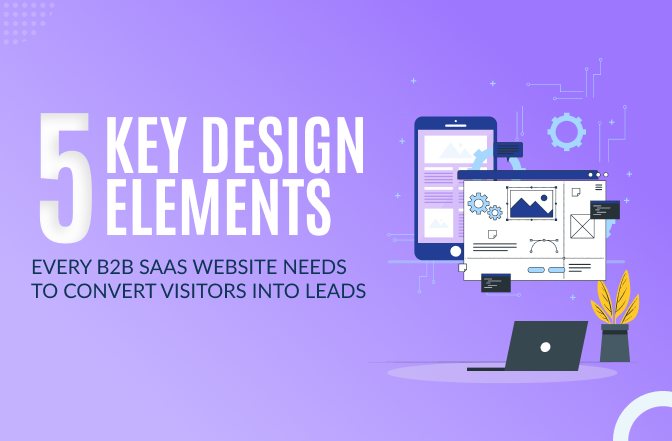In the hyper-competitive world of real estate, where first impressions are crucial, captivating potential clients is paramount. But how do you ensure your website or marketing materials stand out in a sea of similar offerings? Enter the powerful realm of UI/UX design.
This blog post dives specifically into the world of real estate and explores how a well-crafted UI/UX strategy can dramatically improve customer engagement. We’ll delve into the subtle, yet impactful, differences between UI and UX design, and explore how a seemingly simple design element can significantly boost engagement rates.
Understanding the UI/UX Powerhouse
Before we explore the specific example, let’s establish a clear understanding of UI/UX design and how it benefits real estate agents and agencies.
Haven’t Heard of UX Design? It’s Easy!
Imagine walking into a house with the lights off. You stumble around, unsure of the layout, potentially bumping into furniture. Now, imagine the same house with well-lit pathways, clear signage, and an intuitive flow. That’s the difference between a poorly designed website (the dark house) and a user-friendly one (the well-lit haven).
UX (User Experience) design focuses on the entire journey a user takes when interacting with your brand. It encompasses everything from the first click on your website to the final communication with your agency.
What is UI Design?
UI (User Interface) design, on the other hand, is the visual layer. It’s the aesthetic appeal, the way information is presented, and the overall look and feel of your website or marketing materials. Think of it as the paint, furniture, and lighting in our house analogy.
UI/UX Design: A Match Made in Engagement Heaven
While UI and UX are distinct areas, they work best hand-in-hand. Excellent UI complements a strong UX foundation, creating a visually appealing and easy-to-navigate experience.
The Power of Personalization
In today’s digital age, customers crave a sense of connection and personalization. A well-designed website or app can cater to this desire by incorporating features like:
- Search filters: Allowing users to refine their search based on specific criteria (location, price range, property type) streamlines their journey and makes them feel like their needs are understood.
- Saved searches: Enabling users to save their preferences and receive automated notifications when new listings matching their criteria become available fosters a sense of control and keeps them engaged.
Usability: Frictionless Navigation is Key
Imagine a client struggling to find the contact information on your website. The frustration might lead them to abandon ship and head to a competitor’s website with a more user-friendly interface.
Here’s where UX shines:
- Clear and concise navigation: A well-organized website with a clear hierarchy of information ensures users can easily find what they’re looking for, reducing bounce rates and keeping them engaged.
- Intuitive forms: Lengthy and complex forms can deter potential clients. Streamlining the contact process with user-friendly forms encourages them to connect with your agency.
The Rewarding Feeling of Accomplishment
Imagine a potential client successfully navigating your website and finding their dream home. This sense of accomplishment fosters a positive association with your brand and increases the likelihood of them contacting you for further assistance.
UX design can contribute to this feeling by:
- Progress indicators: Providing visual cues like progress bars during the search process keeps users informed and engaged.
- Milestone celebrations: Small congratulatory messages upon completing a step (e.g., scheduling a viewing) can create a sense of accomplishment and motivate users to continue their journey.
Memorable Interactions: Building Trust and Rapport
First impressions matter, and in the digital world, your website or marketing materials often serve as that initial point of contact.
Here’s how UI/UX design can create lasting positive impressions:
- High-quality visuals: Professional photographs and virtual tours showcase properties in their best light, giving potential clients a clear idea of what they can expect.
- Compelling content: Informative and engaging descriptions along with clear calls to action provide valuable information and guide users towards the next step in their real estate journey.
The Engagement Boost: A Case Study
Now, let’s delve into the promised example. A real estate agency implemented a seemingly simple UI/UX design element: an interactive map. This map allowed users to explore different neighborhoods, view property listings directly on the map, and filter their search based on various criteria (price, property type, etc.).
The results were astounding. Client engagement soared by 90%.
principles:
- Usability: Effortlessly explore various locations and properties.
- Personalization: Filter based on specific needs and preferences.
- Sense of Achievement: Finding potential properties quickly fosters a sense of accomplishment.
- Memorable Interactions: Engaging with the map creates a positive user experience.
This example highlights the transformative power of UI/UX design. A seemingly simple element, like an interactive map, can significantly enhance user engagement and ultimately lead to more qualified leads and conversions.
Conclusion: Where Do UX and UI Meet?
Real estate agents and agencies constantly strive to differentiate themselves in a crowded marketplace. UI/UX design offers a powerful tool to achieve this goal. By prioritizing a user-centric approach, creating an intuitive and visually appealing experience, and incorporating elements that foster a sense of accomplishment and personalized connection, you can dramatically elevate your brand and stand out from the competition.
Remember:
- Invest in user research to understand your target audience’s needs and preferences.
- Prioritize a seamless user journey, from initial website visit to final contact.
- Leverage the power of visual elements like high-quality photos and interactive features.
- Continuously test and refine your UI/UX strategy based on user feedback and data analysis.
By embracing the power of UI/UX design, you can transform your real estate website and marketing materials into effective tools for attracting, engaging, and converting potential clients. This, in turn, will propel your agency towards long-term success in the ever-evolving world of real estate. Do you need us to improve your website’s UI/UX design for better conversion? If so, contact us.


